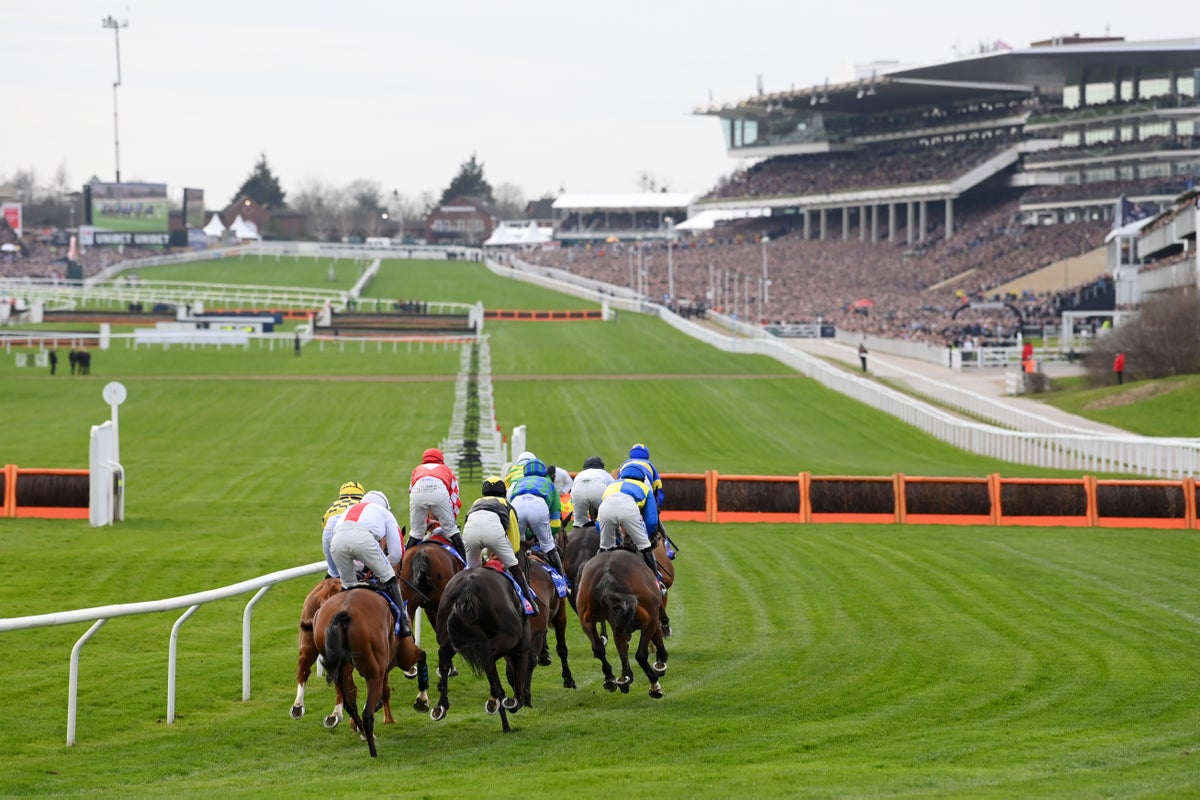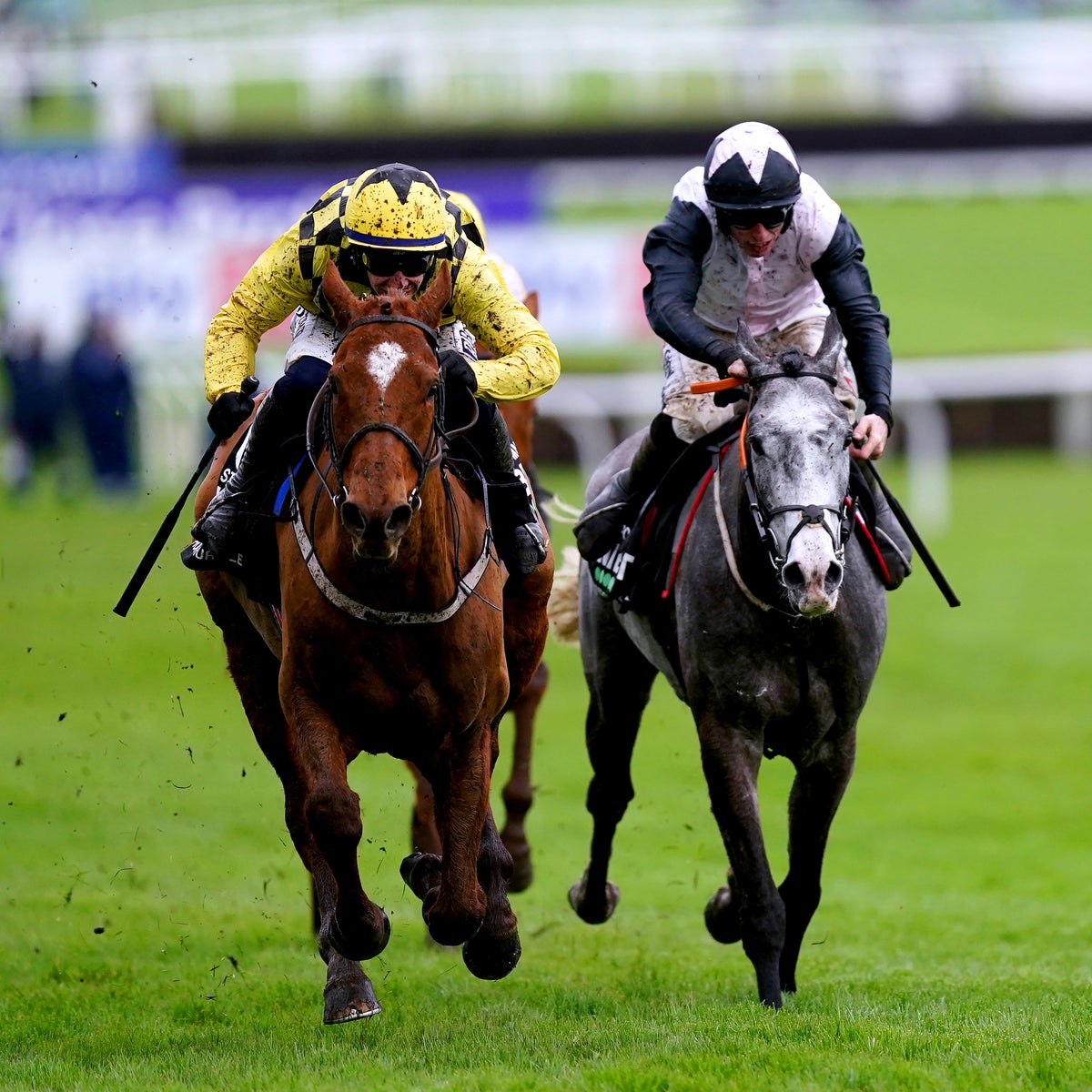Right, so I decided to have a proper look at this Cheltenham races racecard business. You hear a lot about the festival, the horses, all that jazz, and I figured, why not see what the actual information looks like? What’s everyone getting so worked up about?

First Encounters with the Card
So, I got hold of a racecard. Found one online, no dramas there. And my first thought? Wall of text and numbers. Seriously. Looked like some sort of ancient script at first glance. All these names, weights, ages, trainers, jockeys… a bit overwhelming if you’re not in the know, you know?
I spent a good few minutes just staring at it, trying to make sense of the columns. Form figures like 1P3-U2… what on earth? It’s not exactly beginner-friendly, is it? You really have to want to figure it out. I just wanted to see if I could pick a horse or two for a bit of fun, not write a dissertation on equine genealogy.
My “Method” – If You Can Call It That
So, I didn’t go deep. No complex algorithms from me, mate. My approach was, shall we say, more intuitive. Here’s the highly scientific process I followed:
- Horse Names: Yeah, I admit it. If a name made me chuckle or sounded a bit grand, it got a tick.
- Jockey Colours: Sometimes a particular set of silks just catches your eye. Superficial? Maybe. But it’s my process!
- Trainer Reputation: If I’d heard the trainer’s name bandied about in a positive light, that was a plus.
- Not the Outright Favourite: I tend to avoid the super-short odds. Where’s the fun in that?
Basically, I was winging it. Picked a couple for a few races, just to have something to follow. No money down, mind you, just for the interest. I learned a long time ago that my “hunches” aren’t usually worth much more than the entertainment they provide.
How It Panned Out
And you know what? It actually made watching the races, or rather, checking the results later, a bit more engaging. You feel a tiny bit invested. One of my “chosen ones” actually managed to get a place! I won’t lie, there was a little fist pump. Another one I picked, well, it might have taken a scenic route. That’s the game, isn’t it?

It’s funny, it reminds me of when I first tried to get into watching American football. All those plays, the jargon, the sheer number of people on the field. I was lost. Then a mate told me to just pick a team, any team, and root for them. Suddenly, it clicked a bit more. Having a focus, even an arbitrary one, helps you get into it. The racecard felt a bit like that. Once I’d made my “picks,” the whole thing seemed a little less abstract.
My Final Thoughts on the Cheltenham Racecard
So, am I a horse racing expert now after my little experiment? Absolutely not. Not even close. But I do feel like I can look at a racecard now and not be completely baffled. I get the gist of it. It’s a tool, a dense one, but a tool nonetheless.
For someone like me, it’s a curiosity. I can see how people get really into the nitty-gritty, the form, the ground conditions, all that. It’s a proper hobby, or even a profession for some. But for a casual observer, just scratching the surface can add a bit of spice to the event.
I won’t be poring over them daily, but next time Cheltenham rolls around, I might just have another peek. It’s a bit of harmless fun, trying to outsmart the odds with nothing but a catchy name and a prayer. And sometimes, just sometimes, you get that little thrill of being right. Or at least, not totally wrong.
